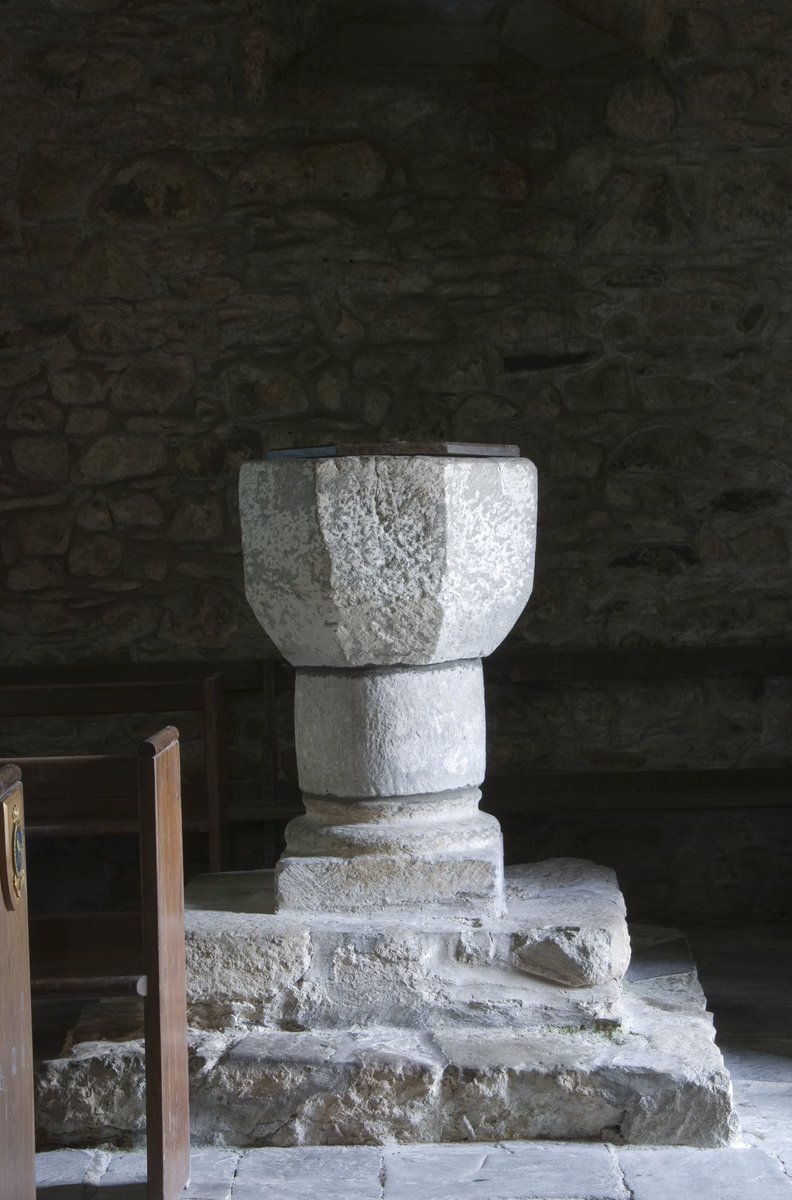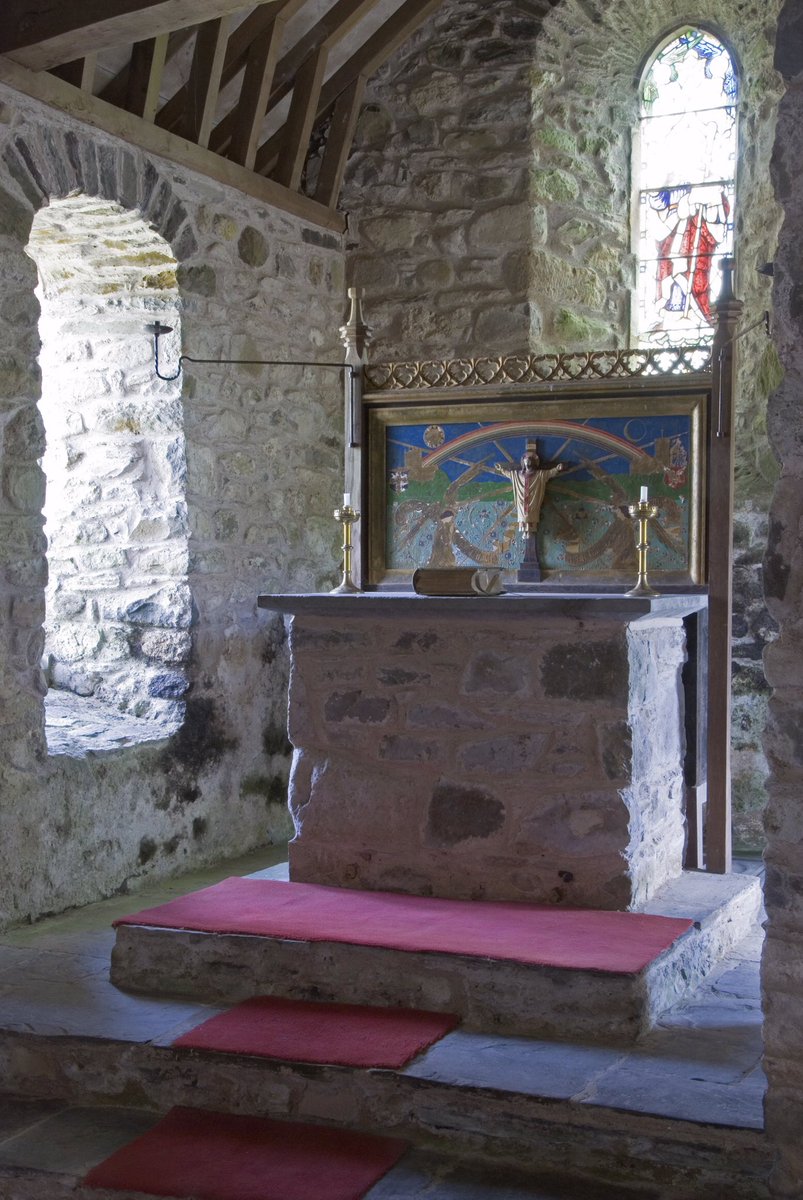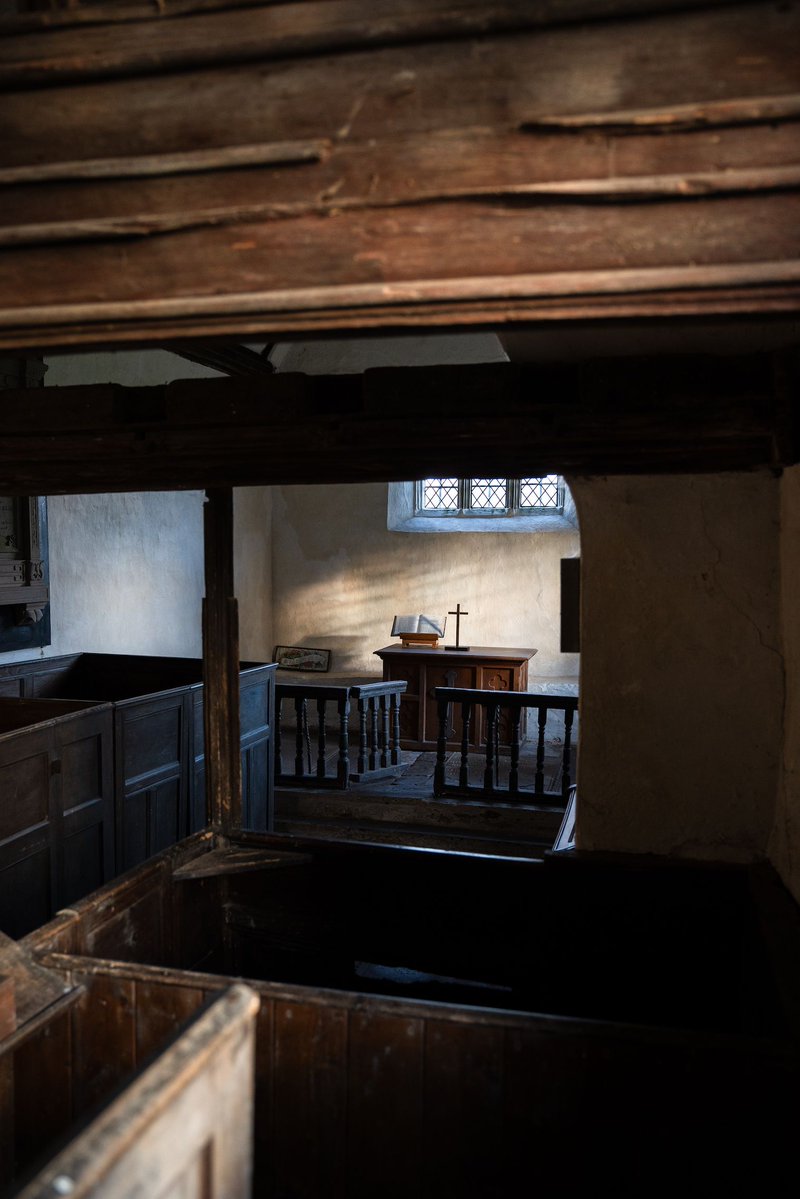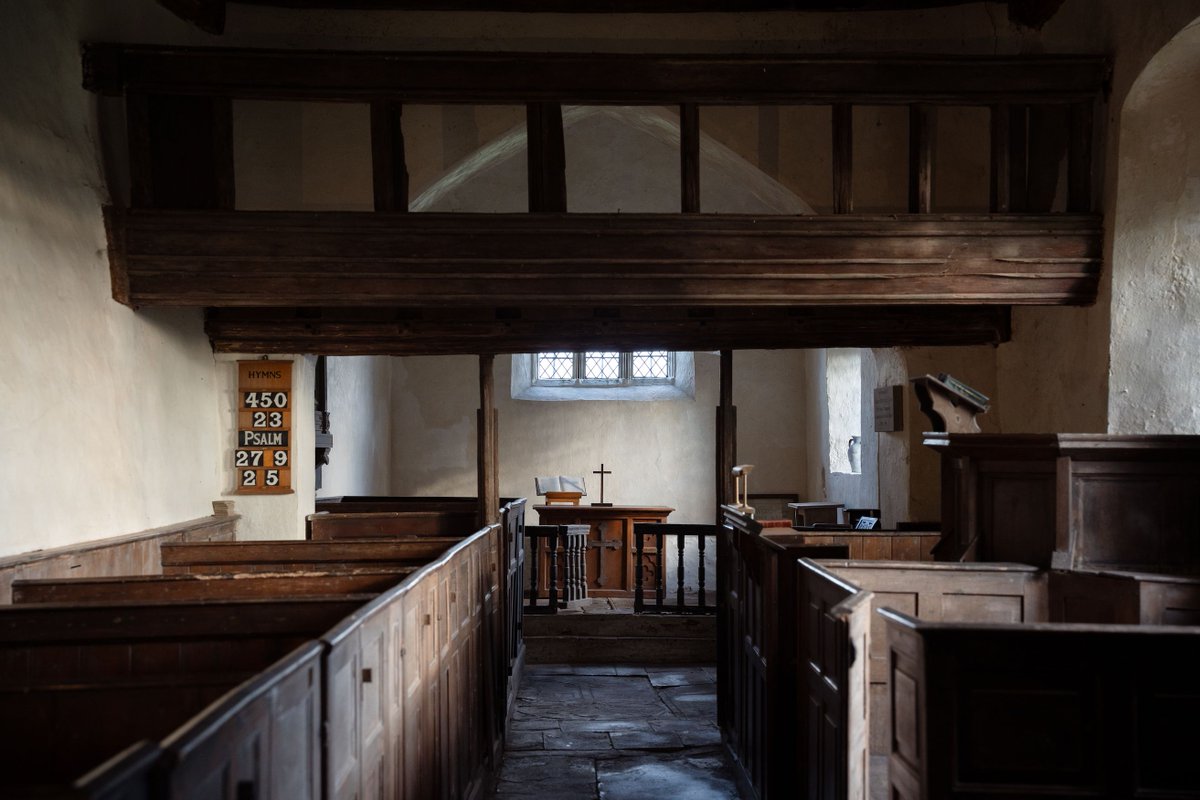Great art is created when the hand, the head, and the heart come together.
Llandeloy church was nothing more than a few medieval stumps by the 1840s. In the 1920s, John Coates Carter set about re-imagining the ruins to symbolise a personal journey through life...
#thread
Llandeloy church was nothing more than a few medieval stumps by the 1840s. In the 1920s, John Coates Carter set about re-imagining the ruins to symbolise a personal journey through life...
#thread

Rebuilding the church from the fragments was meant to start in the early twentieth century. Locals donated more than £600 towards the work. But, just as they were about to begin, the Great War broke. Progress was halted for more than a decade.
2/7
2/7

In 1926, Carter returned. He designed a simple church to nestle deep into a hollow in the churchyard. An ancient holy well is hidden in the greenery to the south.
3/7
3/7

For Carter, the church with a “floor of slates won from the earth, and a roof of trees whose branches once reared skywards, become symbolic of the earth and the heavens”.
4/7
4/7

It is symbolic of a Christian’s journey as they move from the font (baptism), through the narrowing of the chancel arch, which was given by a mother in memory of her son who was killed in the war.
5/7

5/7


At this point, they are tempted by the generous, easeful byway of the transept, before stepping up into the chancel, stepping closer to the heavens, to the altar, where the reredos depicting Christ in Majesty was painted by Carter himself.
6/7
6/7

St Teilo’s, Llandeloy, Pembrokeshire would be Coates Carter’s final church.
He died less than a year after it was consecrated.
His earthly journey was complete.
Read more: friendsoffriendlesschurches.org.uk/llandeloy/
7/7
He died less than a year after it was consecrated.
His earthly journey was complete.
Read more: friendsoffriendlesschurches.org.uk/llandeloy/
7/7

Bonus tweet: this church is a joy, full of delightful little details, like this piscina and shelf.
(Shouldn’t really be books there, but hey ho.)
(Shouldn’t really be books there, but hey ho.)

• • •
Missing some Tweet in this thread? You can try to
force a refresh






















